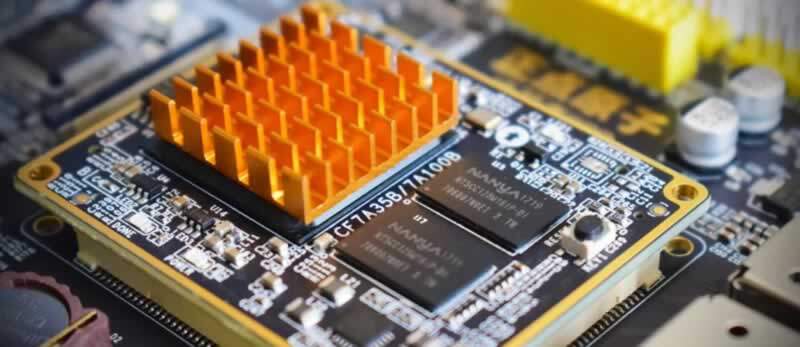
Printed circuit boards (PCBs) generate heat as they operate. To prevent heat damage, you need the right heat flow techniques to ensure this energy dissipates.
At a fundamental level, a discussion on heat transfer covers two key aspects: temperature and heat flow. Temperature refers to the degree of thermal energy available, while heat flow describes the movement of thermal energy from one location to another. On a microscopic level, thermal energy is directly linked to the kinetic energy of molecules. The higher the temperature of a material, the greater the thermal agitation of its molecules. It's normal for regions with higher kinetic energy to transfer it to regions with lower kinetic energy. Several material properties can effectively regulate the transfer of heat between two regions with different temperatures. These properties include thermal conductivities, material densities, fluid velocities, and fluid viscosities. Collectively, these properties make solving numerous heat transfer problems quite complicated. Thermal conductivity is a critical property in heat transfer as it determines the ability of a material to conduct heat. Materials with high thermal conductivity can transfer heat more efficiently than those with low thermal conductivity. Material density is also an important factor as denser materials can store more thermal energy and help regulate temperature changes over time. Fluid velocities and viscosities can also impact heat transfer, as fluids with high velocities and low viscosities can transfer heat more quickly than those with low velocities and high viscosities.
Heat transfer mechanisms can be broadly categorized into three groups: Conduction: This involves the transfer of thermal energy from areas with higher molecular kinetic energy to areas with lower kinetic energy through direct collisions of molecules. In metals, conduction-band electrons can also carry some of the energy from one region to another. Convection: When heat is generated in an electronic device, it is transported via conduction to an adjacent region, which then transfers the heat to a fluid. This process is known as convection, and the fluid can take the form of a gas, such as air, or a conventional liquid, such as water. Radiation: All materials emit thermal energy, and the amount of energy emitted is determined by temperature. When temperatures are uniform, the radiation flux is in equilibrium between objects, and there is no exchange of thermal energy. However, this balance changes when temperatures vary, and thermal energy is transferred from regions with higher temperatures to regions with lower temperatures. Understanding these three heat transfer mechanisms is crucial in optimizing thermal management of electronic devices and other systems. By manipulating and controlling these mechanisms, engineers and scientists can design and optimize materials and systems to achieve optimal thermal performance.
When it comes to heat management in PCBs, you can use a few techniques. Your options include:

Customer support